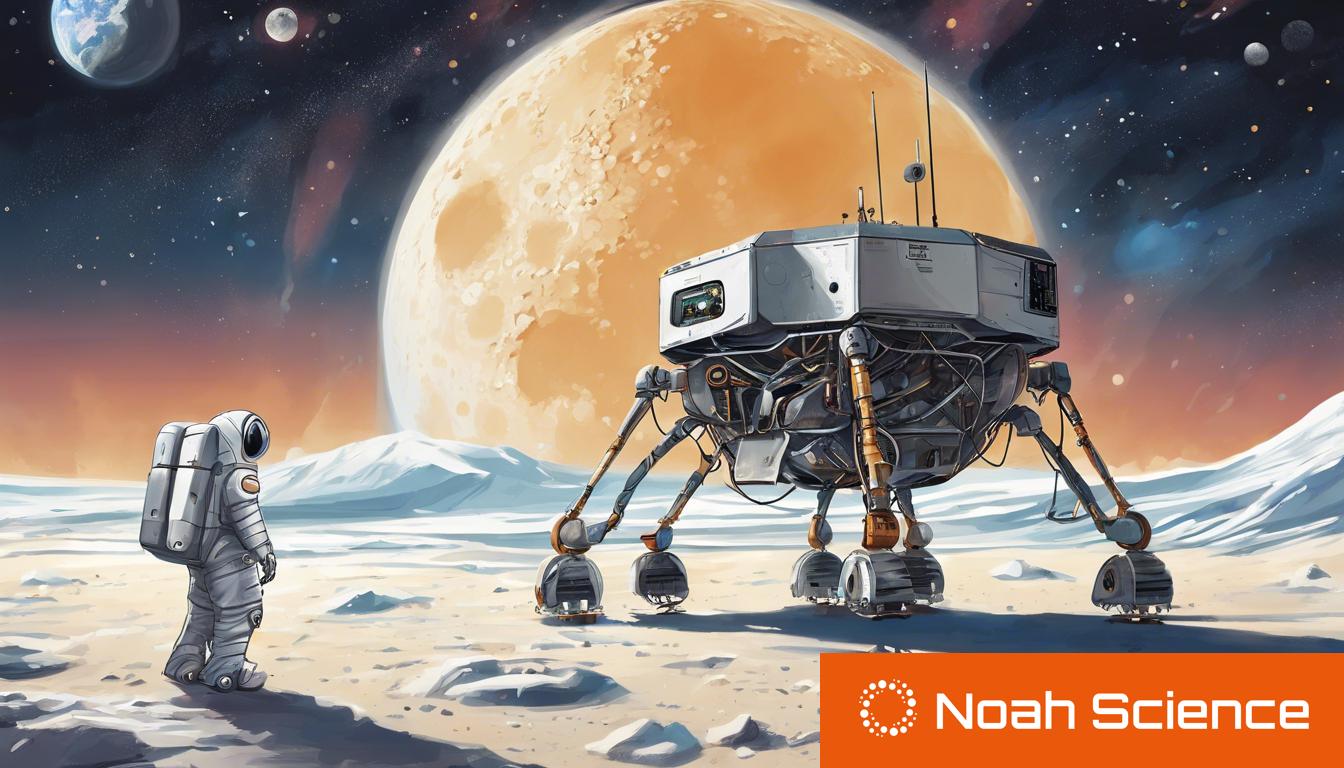In a historic moment, NASA’s spacecraft Odysseus, developed by Intuitive Machines, has successfully landed on the moon’s south pole, marking the first US moon landing since 1972 and heralding a new era in lunar exploration.
On Thursday, NASA achieved a monumental milestone in space exploration by successfully landing a spacecraft, named Odysseus, on the moon. This event marked the first US moon landing since 1972, ending a 52-year hiatus. The spacecraft, a six-legged robot, was developed and operated by Intuitive Machines, a private company based in Texas. The successful touchdown occurred on the moon’s south pole region and was part of NASA’s Commercial Lunar Payload Services initiative, which seeks to involve commercial entities in lunar exploration.
The journey of Odysseus commenced from NASA’s Kennedy Space Center in Florida, culminating in its historic landing on Thursday evening, just before 6.40 pm Eastern Time. This achievement was despite encountering a technical glitch with its laser instruments, which the team at Intuitive Machines swiftly resolved by repurposing sensors from one of the NASA science instruments aboard the lander.
Odysseus is not just a landmark for being the first privately owned spacecraft to land on the moon but also for carrying significant NASA tools designed to collect data on the moon’s weather, space weather, and radio noise on its surface. These instruments, including LIDAR lasers to determine altitude and speed during landing, are crucial for improving the safety and efficiency of future lunar missions and for NASA’s goal of returning astronauts to the moon later this decade.
The success of Odysseus comes in the wake of a failed attempt by another lunar lander, built by Astrobotic Technology, emphasizing the challenges of space exploration. However, this achievement bolsters the US position in the ongoing global effort to explore and utilize the moon, with countries like China and India also aiming for future moon missions.
Intuitive Machines’ CEO, Steve Altemus, jubilantly marked the occasion by stating, “Welcome to the moon. Odysseus has a new home.” Standing at 13ft tall and weighing 1,488lb, the Nova-C Odysseus lander’s successful mission not only paves the way for future human exploration of the moon but also highlights the potential for resource utilization, given the presence of water ice at the south pole.
This historic achievement underscores the significant collaboration between the public and private sectors in pushing the boundaries of space exploration and sets the stage for the next chapter in lunar and space exploration.













